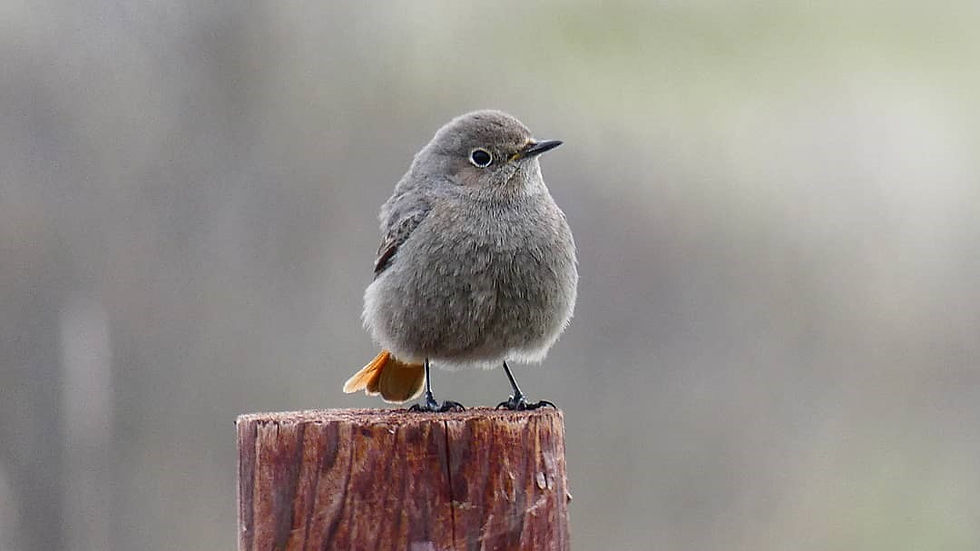Willow Removal at Saltfleetby-Theddlethorpe NNR
- saltfleetbytheddle
- Mar 15, 2021
- 2 min read
What’s this all about?
Dynamic Dunescapes is a nationwide project restoring sand dunes for the benefit of people, wildlife and communities.
Willow removal at Saltfleetby-Theddlethorpe NNR
The willows in the dune slack around Rimac have grown large in places and are beginning to spread further along the slack.
Dune slacks are nationally important habitats, hosting a wide range of both common and rarer species. Tree growth needs to be kept at a low level within slacks to promote the marsh and fen species which thrive here, rather than wet woodland species found elsewhere in the dune systems.
Willows are also very ‘thirsty’ plants and removal will decrease water uptake. This will allow water to be retained within the system and allow for natural fluctuations in water levels, which will be monitored over future years.
Please note that the trees which were removed had been surveyed for breeding birds before coppicing occurred, and other sections of willow are being left as they provide a valuable habitat elsewhere in the dune system.
Where did the work occur?
The work was split into two sections with the initial works being carried out in mid January along the ditch separating Rimac easy access trail from the freshwater marsh. This ditch had become chocked with mature willows which were clogging the main water channel and blocking out most of the light. Some willow plants will be allowed to regrow and will be coppiced on rotation every few years. This should be of benefit to water voles, dragonflies and other aquatic invertebrates by creating a balance between open water and vegetated, shaded areas.

Ditch smothered by mature willows. Photo - Delphine Suty.

Willow removed and brilliant views over the freshwater marsh. Photo - Owen Beaumont.
The second removal area at the beginning of March focussed on two mature willow copses. The first of these was in the middle of the southern loop on the Rimac easy access trail and the second was in the dune slack south of Rimac reedbed. We decided to remove sections of these copses but due to their old age and established nature we kept a good amount of the most mature trees. These will provide habitat for invertebrates and other animals, and they offer protection and organic material to the pools nearby which are rich with aquatic life. Some log piles have been stacked up around the work areas to provide deadwood habitat to invertebrates and other animals.

Dense, mature willow growing by the edge of freshwater pools with saplings growing in the slack as a result of seeds from these trees. Photo - Owen Beaumont.

Sections of willow removed but some larger stands remaining to provide valuable habitat. Photo - Owen Beaumont.
Future management
We will continue to coppice willow regrowth in the main areas on rotation to allow the growth of some willow while preventing the spread further into the slack.
Through mechanical cutting and volunteer work parties we will carry out clearance of willow saplings which are growing through the dune slack system. After the first winter of hard work we will then follow up every couple of years to cut back any regrowth.
For more information
Please visit dynamicdunescapes.co.uk, and for more information about our work on the reserve, please contact the senior reserve manager, Delphine Suty delphine.suty@naturalengland.org.uk





Comments